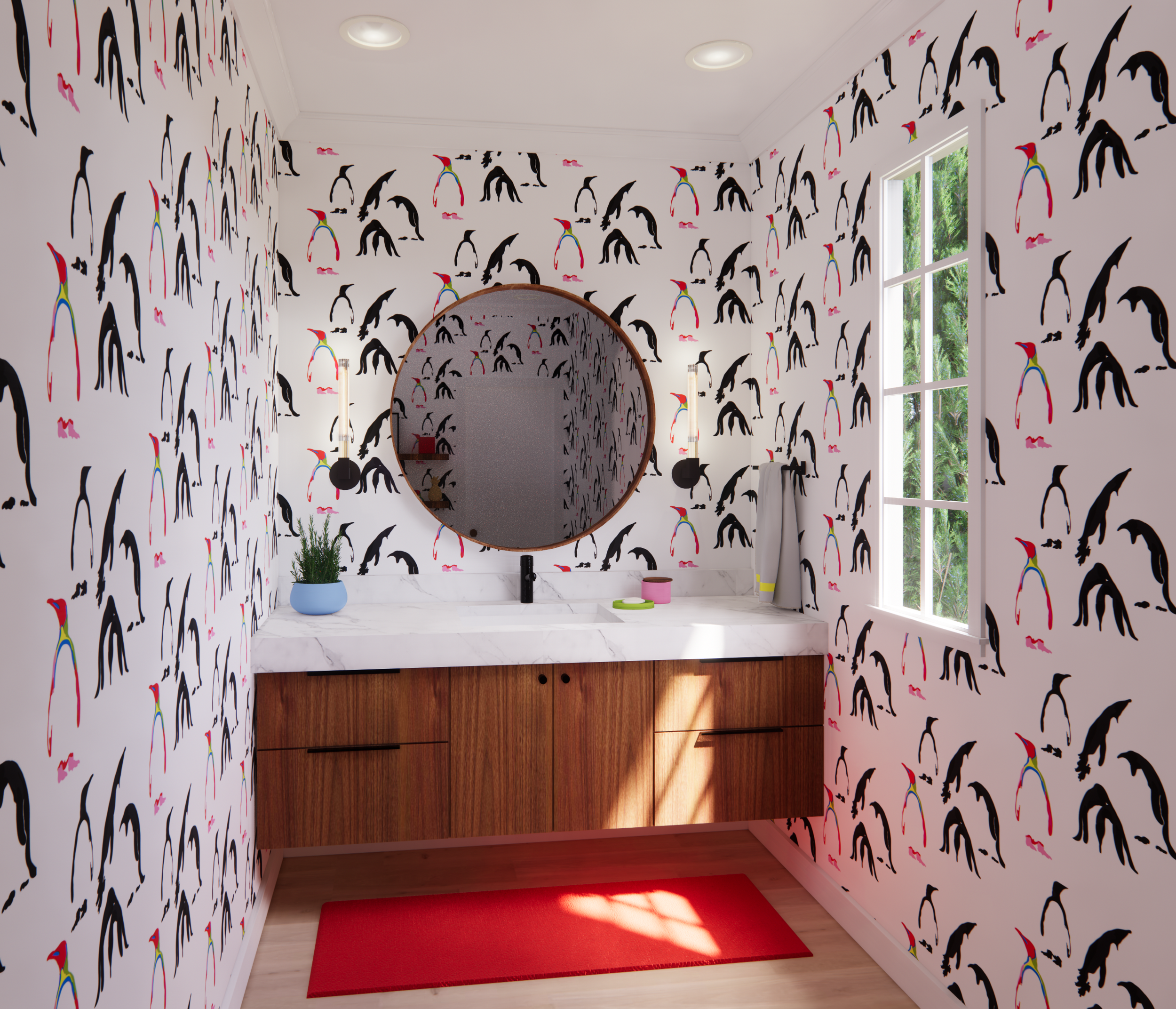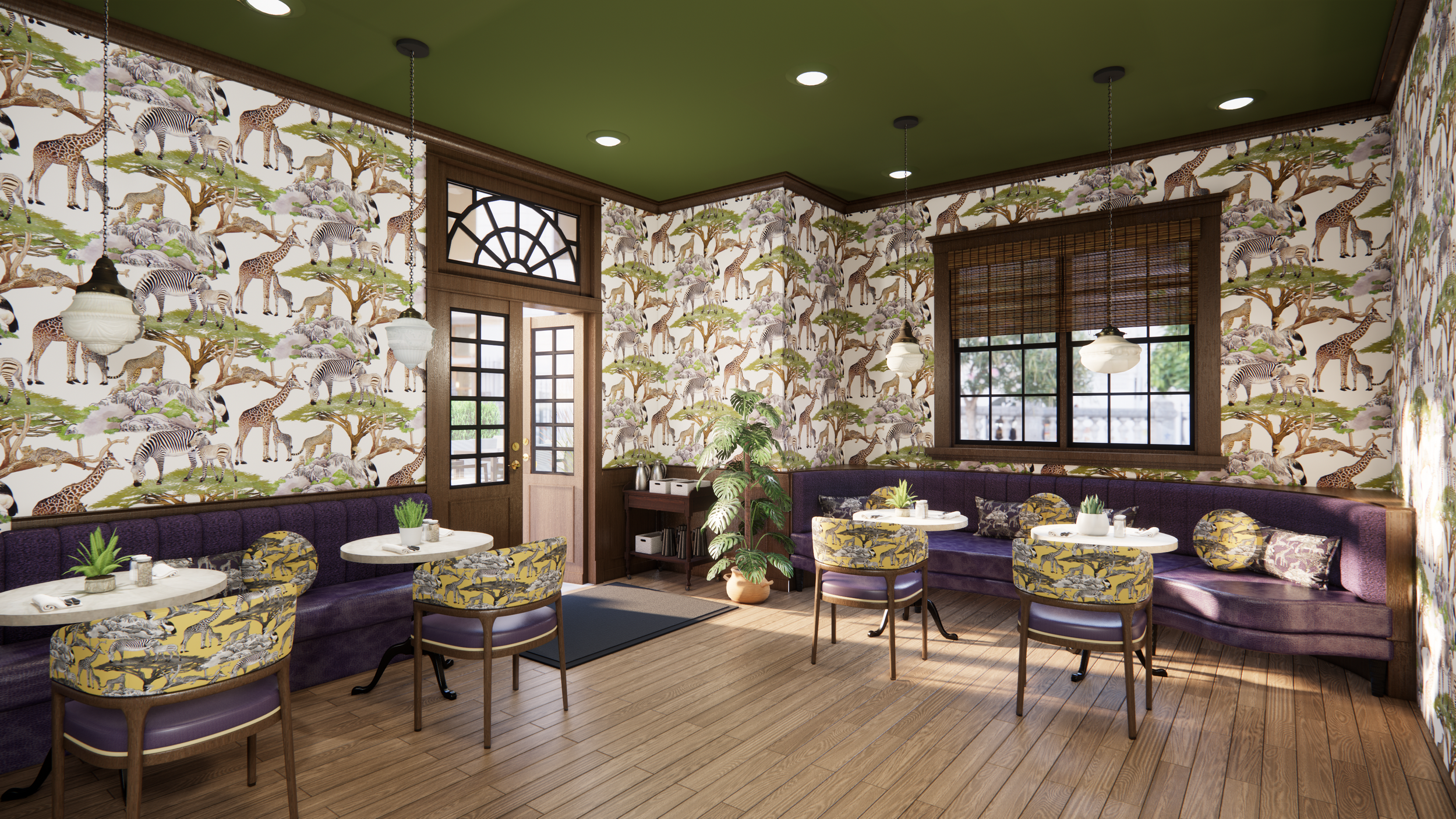Breakdown of Design Styles
-

Modern
Modern is simple, functional, and clean. Often minimalistic and inviting, using natural materials such as wood and stone, this style leans toward neutral whites, taupes, and blacks with subtle pops of color. Furniture and fabric designs are free of detail, abstract, minimal, and simple.
-

Traditional
Traditional is most often defined with inspiration from the historic designs of the 18th and 19th centuries, involves combinations of textural upholstery such as linens, silks, and velvets; window treatments and draperies in traditional subdued but complex patterns such as damask, toiles, plaids, and stripes. Ornate furniture in dark woods such as burled walnut, teak, and mahagony.
-

Bohemian
Bohemian is all about color, pattern, accessories, and self-expression. This style is usually comprised of earthy rich or pastel colors; natural fibers with multiple textures and layers; accessories such as throws, tie-backs, fringe, and tassels; maximalism in pattern prints; and, tends toward the feminine.
-

Eclectic
Eclectic is a unique representation of you, incorporating elements of multiple design styles into a single space or multiple spaces under one roof. When done well, this style represents that which brings you joy in a way that is both casual and elegant. Often full of color and patterns, with a touch of surprise (subtle eye-catching elemental accents).
-

Contemporary
Contemporary is one of those styles that means something different to everyone. We consider the contemporary style to reflect current trends while including classic design elements such as metal finishes (ex: polished nickel). This design style tends toward cooler tones with clean lines, high-contrast, curves, and uses quality natural materials.
-

Industrial
Industrial embraces the beauty of the structure of a space, pulling from the architecturs. The style is characterized by the use of a combination of different raw and untreated materials that include wood, metal, concrete, leather, and iron. It can include exposed brick and beams, as well as open ceilings with exposed pipes, i-beams, and the like.
Transitional
Transitional is a combination of traditional and contemporary. It’s one of those styles that allows you to pull elements from your grandma’s house into the current styles you love. It’s a melding of styles that, together, create a cohesive space. For example, you might have a rolled-arm English-style sofa with a rounded solid wood coffee table.

